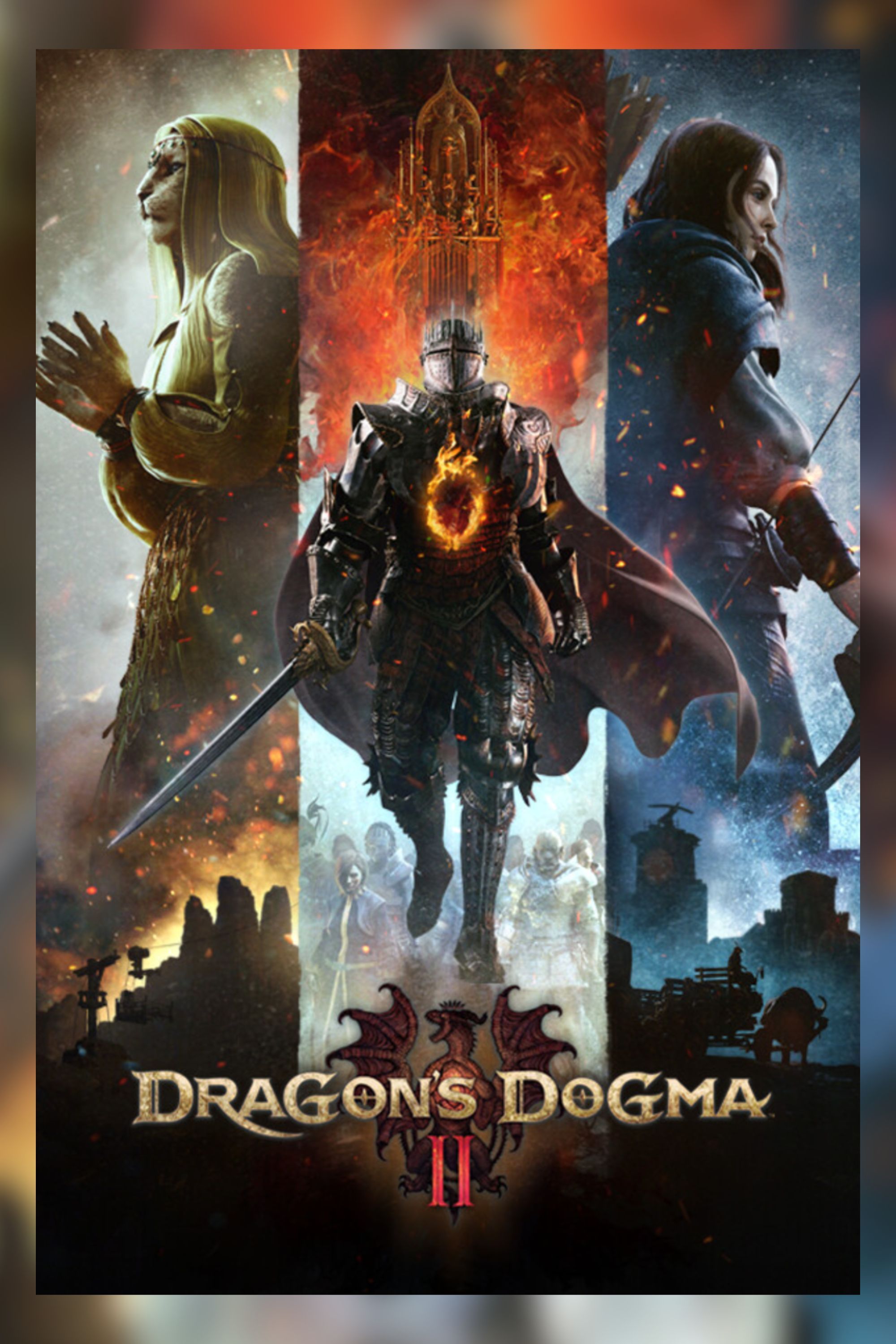
Dragon’s Dogma 2
Reviewed on PlayStation 5
Dragon’s Dogma 2 offers an incredible Fantasy adventure with some of the most engaging open-world exploration I’ve ever experiencedDualShockers was provided with a copy of the game for review purposes.
- Immersive Fantasy setting to get lost in
- Dynamic battles with huge enemies
- Thoughtful and complex quest solutions
- The Pawn system is fantastic
- Distracting FPS dips and NPC pop-in
- Menus could be streamlined
- Microtransactions feel greedy
I never had the chance to check out the original Dragon’s Dogma, but I’ve always heard good things. Not quite great things, but the game was always described to me as a cult classic — delivering a unique Fantasy adventure with inspired game mechanics that haven’t really been replicated elsewhere.
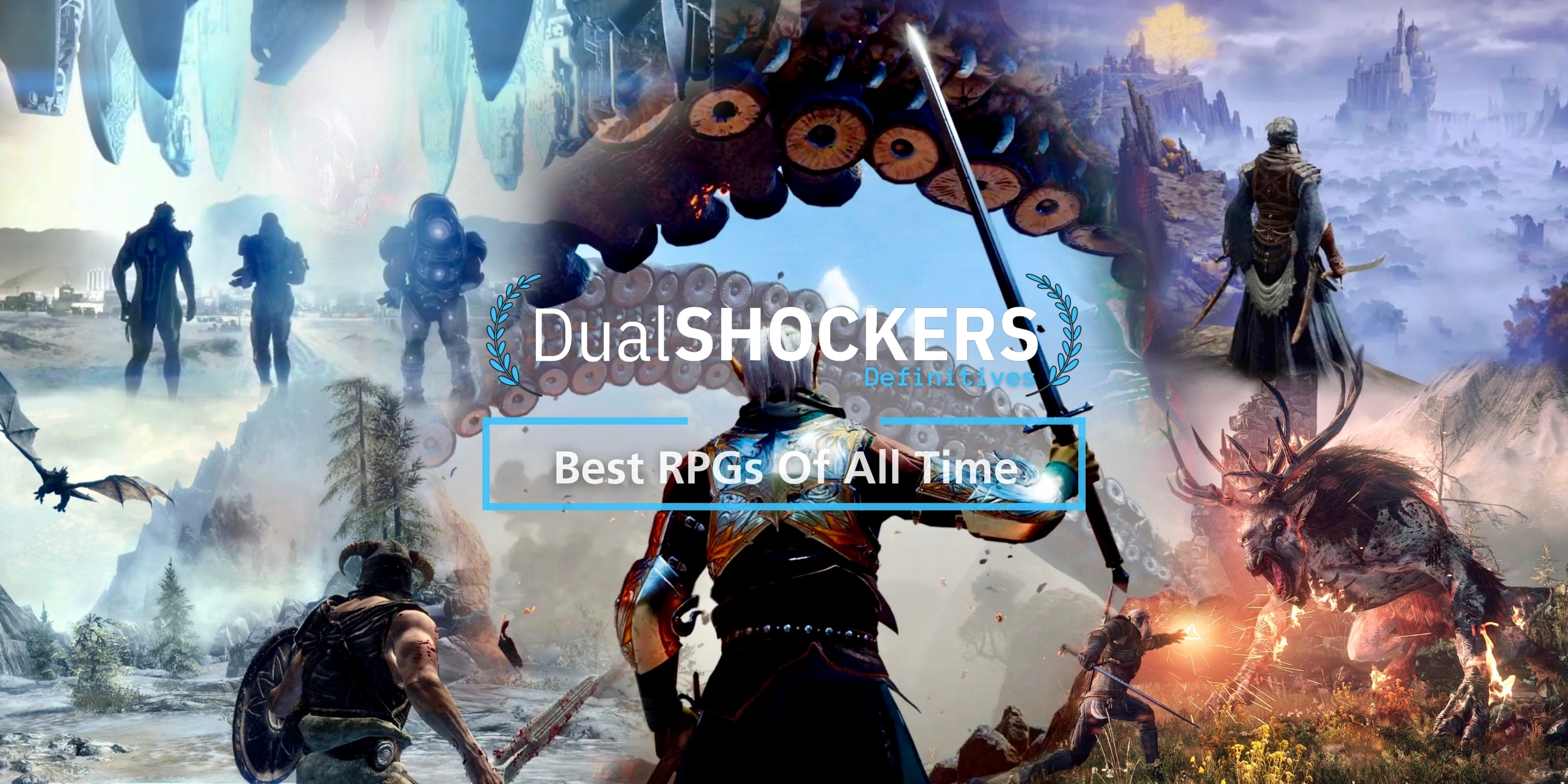
DualShockers Definitives: The 30 Best RPGs Of All Time
After weeks of debate and voting, DualShockers has assembled its list of the greatest, most influential, most important RPGs of all time.
With the release of Dragon’s Dogma 2, I was both nervous and excited to finally get a taste for this franchise with all the polish that goes into a good AAA game in 2024. I’ve put about 65ish hours into the game at this point, and despite rolling credits a while back, I still feel like there’s so much to do and see in the world. With layers and layers of unique mechanics, hidden quests, and deeply immersive adventures around every corner, my experience with Dragon’s Dogma 2 has been nothing short of remarkable. Despite some notable issues throughout.
Updated by Jeff Brooks on March 29, 2024: I’ve finally rolled credits on Dragon’s Dogma 2, and though my journey is far from over — I’ve barely scratched the surface of the game’s surprising endgame/postgame content — I’m thrilled to finalize my thoughts on this incredible (and sometimes frustrating) experience.
You Are The Arisen…
The setting itself feels like such a classic Fantasy adventure, bordering on ‘cliché’ at times, though never quite hitting that point. There’s a ton of its flavor permeating every corner of the world to keep it feeling fresh, shifting it more into a kind of Fantasy adventure comfort food, something that feels both familiar and new. That’s a tough path to tread, constantly teetering from too generic or too unusual, but the game manages this balancing act beautifully.
You start the game in a slave colony with no memory, though you’re quickly whisked away on your adventure without time to settle into that place. You’ll then learn of your role as the Arisen, a major figure in the mythology of this world, tied to the rebirth/return of a Dragon — the Dragon — in a sort of destined clash of fates. The game’s narrative splits fairly evenly between adventures in the open world, exploring strange locations, meeting new friends, helping those in need, and a more palace intrigue-style main story that has you skulking around castle grounds at night, freeing prisoners, and working to reclaim your rightful throne.
While the main story leans more heavily on these Game of Thrones-style machinations, you’re more often out in the world, chasing down leads, helping those in need, and setting off on wild adventures. I can’t tell you how many times I sat down to complete a quick quest before bouncing back to the main storyline, then five hours blew by as I got pulled into new areas to explore, enemies to fight, and mysteries to solve.
Pawns For Every Occasion
I can’t really continue without delving into the Pawn system, since it’s a major part of what makes the world feel unique. Narratively, the Pawns are denizens of the world who pledge themselves to the Arisen. They can appear like any other character in the game, but their existence is fully in service to the Arisen. When first creating your character, you will also create your main Pawn, who will adventure with you throughout your journey. You can then summon up to 2 other Pawns to accompany you, setting up your full four-person adventuring party.
These other Pawns you summon are by and large other players’ main Pawns. Throughout the open world, as well as in major city/town locations, you’ll be able to access the Rift, which is where Pawns congregate. From here, you can swap out Pawns, select your friends’ Pawns, or recruit the ‘official’ ones created by Capcom. These Pawns usually come with their own player-assigned quest that they’re attempting to complete. You’ll also encounter Pawns out in the world, ready to be recruited and brought into your adventuring party. This system encourages you to constantly swap out your Pawns, bringing in new and interesting characters, all with different abilities, Vocations, and personalities.
Swapping out Pawns regularly is also a really fun part of engaging with the unique combat in the game, as party composition can make any single encounter feel very different. You’re able to change your own Vocation (your class) pretty frequently, and you definitely should. It’s so easy to swap in and out, and sampling all the Vocations is the best way to figure out the right one for you. Every Vocation is absolutely viable, each bringing a unique gameplay flow to the game, but you probably won’t vibe with all of them. I bounced around a lot in the early hours of the game, starting off as a Fighter, then trying out Archer, then Mage, and then Thief. All fun and different, but when I tried out Thief (not my typical class in other Fantasy RPGs), I was instantly in love. Being able to swap between Vocations with ease made this exploratory process a blast.
The game features a total of 10 Vocations, but outside of the starting 4, you need to unlock the rest, and that isn’t a straightforward process. The Magick Archer and Warfarer, specifically, are late-game unlocks, which was an arduous discovery, as I’d been looking forward to playing Magick Archer since they first released a trailer for the Vocation. Another, the Mystic Spearhand, was part of an easily missed questline early on, emphasizing the importance of talking to every NPC and just doing everything you come across. There are no exclamation points over quest givers in Dragon’s Dogma 2 — you actually need to speak with them in order to discover a quest. Sometimes, they’ll flag you down and initiate a brief cutscene when you run close by, but most of the time, you just need to initiate a quest yourself. It creates a fascinating need to interact with the world and its inhabitants, which further immersed me in the game.
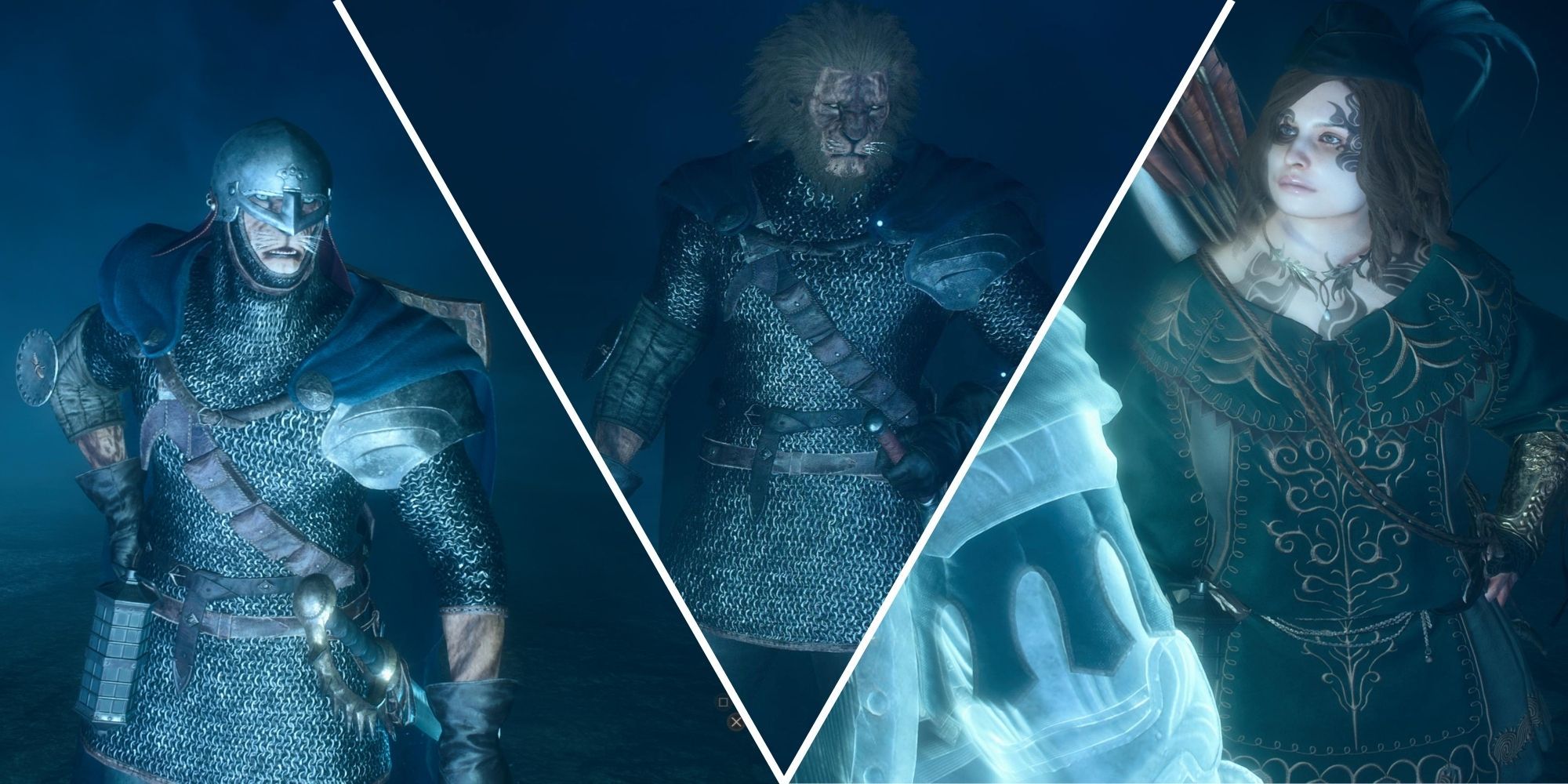
More Games Should Take Note Of Dragon Dogma 2’s Pawn System
Pawns bring so much more to the table than an extra sword or bow.
Explore A Vast Open World
The game is all about immersion, to the point where you’ll be scratching your head in confusion and eventual frustration sometimes at what the game expects you to do. For example, there’s a quest in the Slums of Vernworth that required me to find more evidence of wrongdoing in a sick room, and then apprehend the suspect. I’d been told there was some kind of signal to alert the Sentinels earlier in the quest, so I ran around talking with every city guard I could find, but to no avail. The actual solution was to grab and tackle the guilty person, which then initiated a cutscene of throwing her in a cell. I got too fixated on another detail (the signal set up to alert the city guard) rather than take the ‘apprehend’ part of the quest instruction literally.
In another game, you’d expect to talk to the person, then select some kind of dialogue option like “Alert the guards” or “apprehend the suspect,” but Dragon’s Dogma 2 is dedicated to its systems and mechanics, rarely utilizing dialogue as a solution. It’s a wonderfully creative use of the game’s mechanics, and you’ll encounter dozens and dozens of situations that require you to really consider the solution. Every time I got stuck and thought ‘I wonder if this is a bug,’ I was wrong. I just wasn’t thinking creatively enough about the solution.
Every time I got stuck and thought ‘I wonder if this is a bug,’ I was wrong. I just wasn’t thinking creatively enough about the solution.
This also extends to the combat, which is dynamic in a way I’ve rarely experienced in other games. Setting aside your more standard goblin/skeleton/bandit-type enemies, you’ll also encounter huge monsters, like Griffins, Golems, and Drakes. These massive foes provide a unique challenge. You can hack away at their ankles, sure, but by utilizing the game’s grab mechanic, you will start to climb the enemy, allowing you to seek out vulnerabilities and attack those weak points, very reminiscent of Shadow of the Colossus. You might not want to do this as a Mage or Sorcerer, but playing as one of the more melee-focused Vocations, like Thief or Mystic Spearhand, you’ll deliver some flashy and devastating attacks, spearing a Cyclops’ eye or jamming your daggers into an Ogre’s neck. Toward the end of a fight, these massive brutes can become less surefooted, you can grab them by their ankles, with your Pawns joining in, and trip them, allowing you precious moments to wail on them unhindered.
I’ll never forget my first encounter with a Griffin. I was on the open road and had just finished dispatching a Goblin party, when a huge shadow fell over us and flew past. I turned toward the sky, but didn’t see anything. Then I swooped my camera back down and saw a Griffin dive into a friendly patrol up the road. The music swelled, and after a moment of awe and hesitation, I took off sprinting toward the beast. The game is beautiful in still images, but it is breathtaking in motion. The fight itself was brutal, with my main Pawn and I climbing on top to deliver vicious attacks, the Griffin blasting us back with several beats of its massive wings, and magic lightning crackling through the air from one of my other Pawns. I was definitely under-levelled for this encounter, and I could easily have ignored it and run away, but I was so swept up in the moment, I just had to engage. And we didn’t even beat it! Once its health got low enough, it leaped up into the air and flew off, leaving me stunned, my party in desperate need of resting at a campfire.
The game is just packed with moments like these; beautifully organic interruptions on my journey that end up creating these fantastic stories. The quests themselves are awesome, but it’s those moments along the way that are seared into my mind.
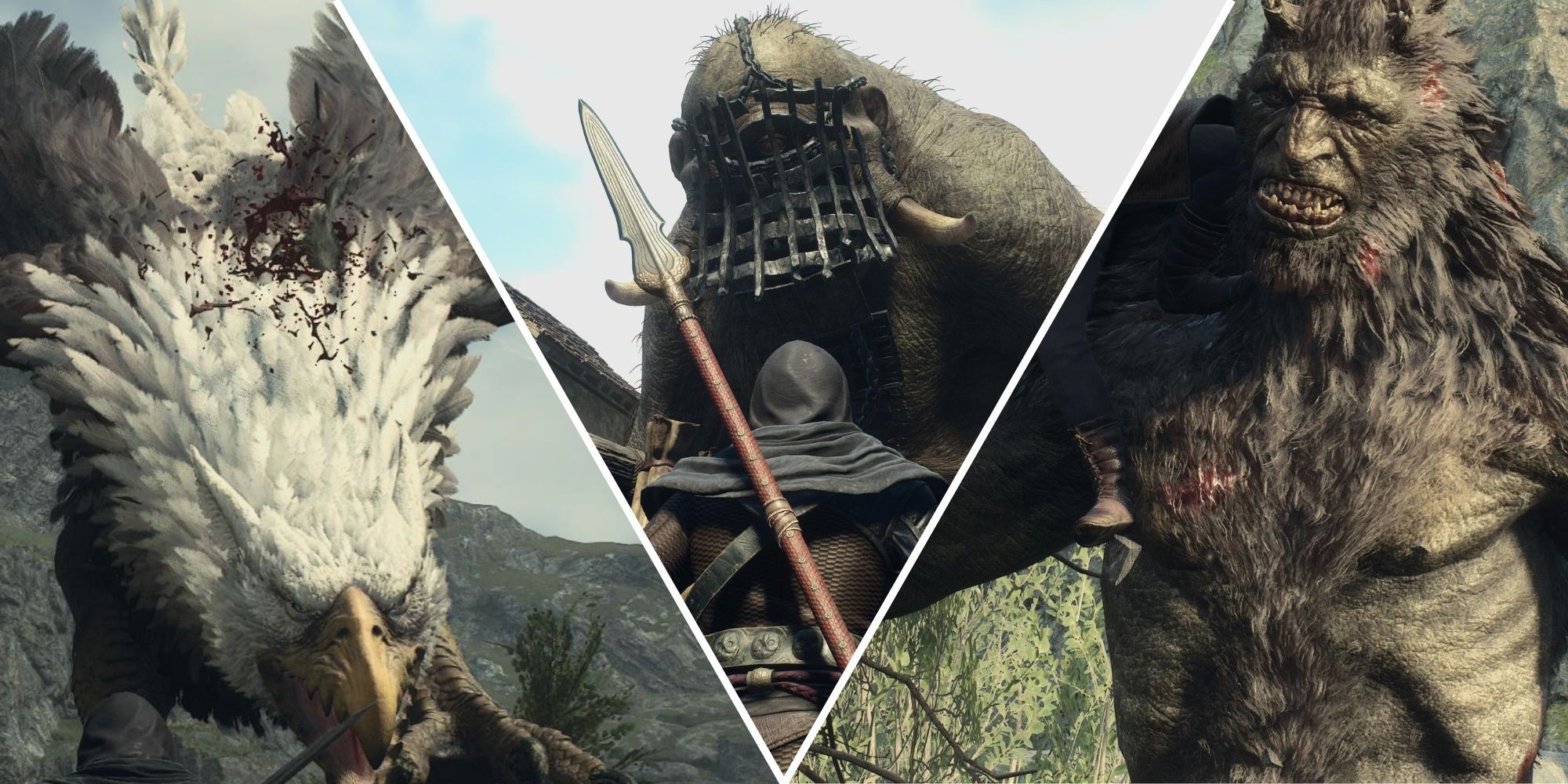
Dragon’s Dogma 2 Makes Fighting Large Enemies Epic
The bigger they are, the harder they fall.
As far as the graphics and presentation are concerned, this game is gorgeous. The character customization alone is easily the most involved, detailed, and flexible character creator I’ve ever had the joy of experiencing. The world itself is stunning, and the various armors and weapons I’ve acquired all deliver different archetypal Fantasy looks that felt true to the setting. In motion, the game is cinematic and gripping; the still images, while fantastic, barely do it justice.
But the performance needs to be touched on. The game generally runs at a steady 30+ FPS, which for some is already a letdown. It holds FPS pretty consistently throughout most of the game, but once I started dealing with higher-level spells, or when running through particularly dense cities, the game noticeably slowed down below even that in the frenetic chaos of battle and particle effects. NPCs will also suddenly pop in as you’re sprinting through any of the major cities, which can quickly become immersion-breaking — which is a tough pill to swallow for a game that thrives off of its immersive systems. Ultimately, my time with Dragon’s Dogma 2 was never truly hampered by the frame rate issues. I love a rock-solid 60 FPS as much as the next gamer, and there’s no doubt Dragon’s Dogma 2 will be a better experience when these issues are eventually addressed, but, while noticeable, the occasional FPS dips never impacted my overall experience.
…while noticeable, the occasional FPS dips never impacted my overall experience.
The microtransaction store added post-launch is another sticking point for many, offering quick in-game solutions for some real-world money. While this has become standard for Capcom releases in recent years, this addition with the game’s release felt particularly egregious. As an example, Portcrystals are your main method of fast traveling in the game, and they’re intentionally limited, encouraging more standard modes of travel to get around the world. This encourages immersion… but you can also just buy Portcrystals for a few bucks, eliminating this immersive (and sometimes frustrating) element of the game. Are any of these microtransactions required to enjoy the game? Absolutely not. They’re entirely optional and, for the most part, readily available within the game itself. But the rarity of Portcrystals in the game takes on a more suspect motivation in light of these added microtransactions.
My only other quibbles are exceedingly minor, but they crop up frequently enough to be worth mentioning. Little quality-of-life things, like being able to hop between menus more easily, would elevate this game even higher. For example, if I’m on the map and I want to fast travel to a Portcrystal I’ve unlocked, that requires a rare resource called a Ferrystone. But I can’t simply click on the Portcrystal icon on my map. I need to fully close the map to get back to the game, then open up the Pause menu, head into Items, and use the Ferrystone from my inventory.
Or if you’re on the quest menu, and you want to look at the map, you can open up a partial version of the map that shows each quest location, but if you then want to scroll around the map to see where you are in relation to that, you need to fully close the quest map and re-open the pause menu and click on the map to view the full map screen. These are such minor complaints, but with how much menu hopping I ended up doing, they stand out.
Savor Every Moment
Dragon’s Dogma 2 is not meant to be hurried through. In fact, it can easily become frustrating if you’re trying to mainline the story. The game truly shines when you’re taking your time, immersing yourself in the world, and following your heart in exploring every side path, every cave, and every ruin. Talk to everyone. Take on side quests and do them right away (especially time-sensitive ones). Let the wind take you where it will. And when you’re feeling a little aimless, bounce back to the main story quests. The game offers so much in the way of dynamic interactions in the world, and it’s so easy to blow right past all of that if you’re simply pushing forward all the time. Engage with the setting. Try to answer those difficult questions, and think of creative solutions.
As I said in my update at the start, I’ve finally rolled credits around 65 hours into the game, though there’s still so much to do — quests I missed, areas of the map I’ve yet to explore, and a surprisingly robust and critical post-game driving toward the ‘true ending’ of Dragon’s Dogma 2. The world is so vast and so intricate, with so much pulling you in any direction you choose — it’s definitely a game to take your time in.
Dragon’s Dogma 2 will absolutely go down as one of my all-time favorite open-world Fantasy games. The experience it provides is wholly unique, despite its numerous touchstone tropes and familiar elements. Everything in the game comes together to create a cohesive, immersive whole that I find myself constantly thinking about when I don’t have my controller in hand. Despite the issues I’ve brought up in this review, this is a can’t-miss title for anyone who loves an immersive Fantasy adventure.
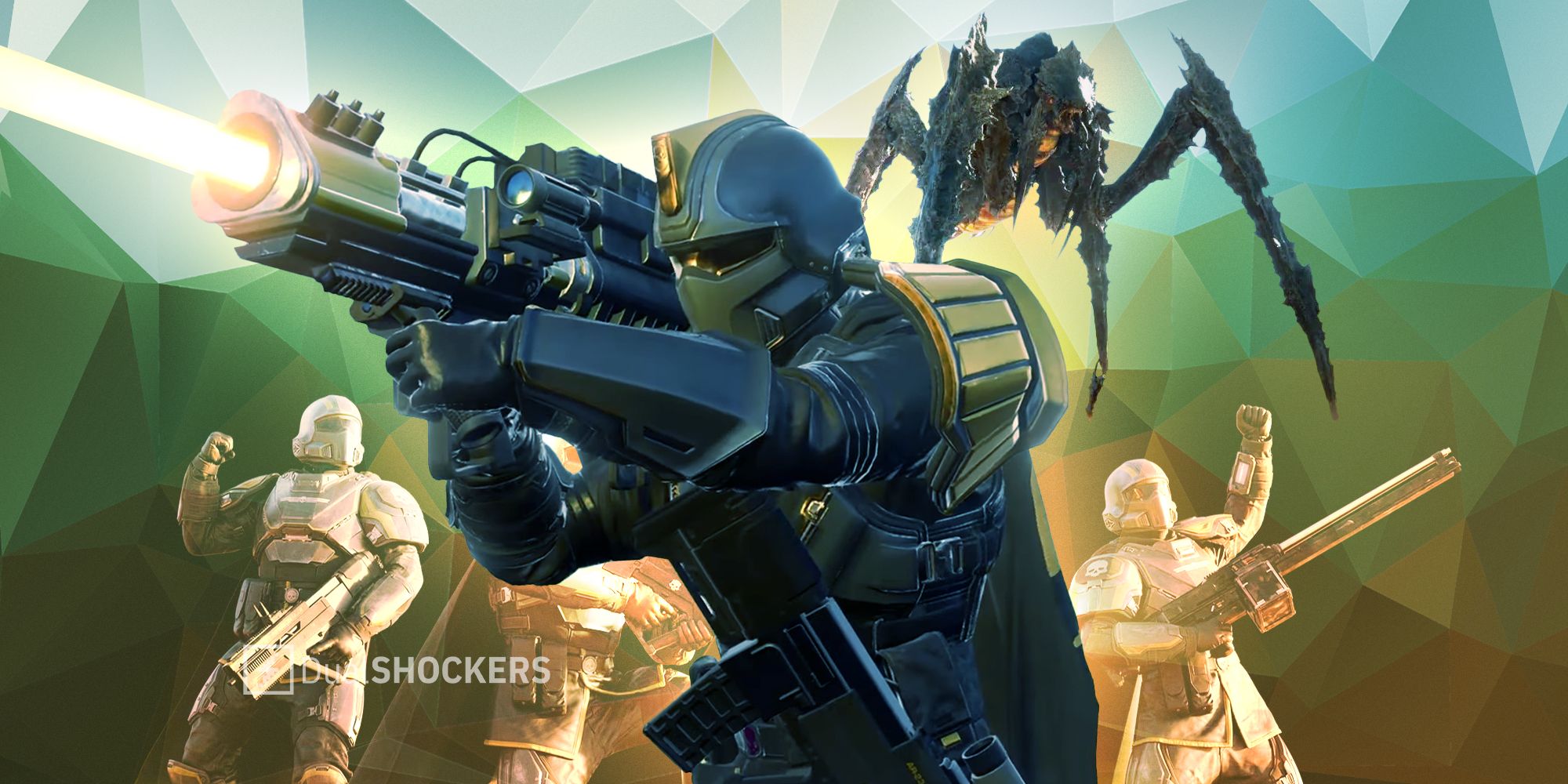
Helldivers 2 Review: Freedom Never Sleeps
Liber-tea never tasted so good!
[ad_2]




